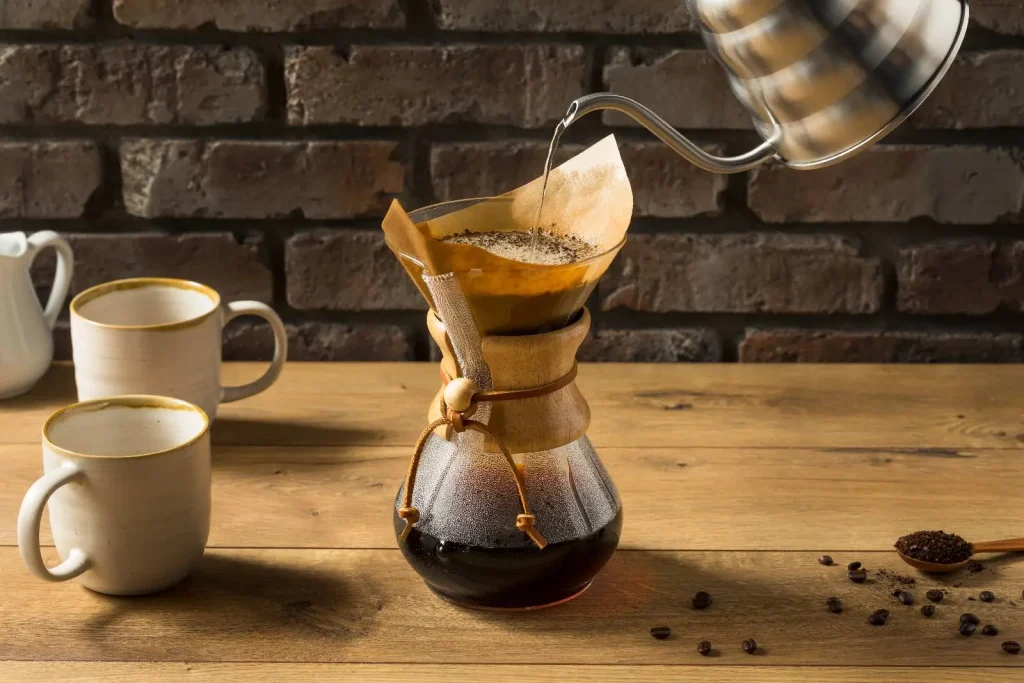Blog
How to Make the Perfect Cup of Coffee at Home
A perfect cup of coffee is more than just a morning pick-me-up—it’s an experience of comfort and flavor that sets the tone for your day. While coffee shops offer convenience, learning how to craft barista-quality coffee at home not only saves money but also allows you to tailor every cup to your liking. With the right ingredients, tools, and techniques, you can elevate your coffee game. Let’s dive into the essential steps for making the perfect cup of coffee at home.
1. Choose Quality Coffee Beans
The foundation of great coffee lies in the beans. Here’s how to select the best:
- Freshness: Look for freshly roasted beans with a roast date on the package. Aim to use them within 2-3 weeks for peak flavor.
- Origin: Different regions produce beans with distinct flavor profiles. For example, Ethiopian coffee is often fruity, while Colombian coffee is smooth and nutty.
- Roast Level: Choose based on your taste preference. Light roasts are bright and acidic, medium roasts are balanced, and dark roasts offer bold, smoky flavors.
2. Invest in the Right Equipment
Having the proper tools can make a significant difference in your coffee’s taste:
- Grinder: A burr grinder ensures a consistent grind size, which is crucial for balanced flavor extraction.
- Scale: A kitchen scale helps you measure coffee and water ratios accurately.
- Kettle: A gooseneck kettle provides control over water flow, ideal for pour-over brewing.
- Brewing Method: Choose a method that suits your style, such as a French press, pour-over dripper, espresso machine, or drip coffee maker.

3. Grind Coffee Beans Correctly
Grinding your coffee just before brewing ensures maximum freshness. The grind size should match your brewing method:
- Coarse Grind: Ideal for French press and cold brew.
- Medium Grind: Best for drip coffee makers and pour-over.
- Fine Grind: Necessary for espresso and Aeropress.
- Extra-Fine Grind: Suited for Turkish coffee.
A consistent grind size prevents over- or under-extraction, resulting in a smoother cup.
4. Measure Your Coffee-to-Water Ratio
The right ratio of coffee to water is essential for a balanced brew. Start with the “Golden Ratio”:
1–2 tablespoons of coffee for every 6 ounces of water.
Adjust to your taste preference. Using a scale to measure both coffee and water ensures consistency.
5. Use the Right Water
Water quality can make or break your coffee. Follow these tips for better results:
- Filter Your Water: Use filtered water to avoid unpleasant flavors from chlorine or minerals.
- Optimal Temperature: Heat water to 195°F–205°F (90°C–96°C) for proper extraction. Too hot, and it can taste bitter; too cold, and it may taste weak.
6. Master Popular Brewing Methods
Each brewing method offers unique flavors and textures. Here’s a guide to some of the most popular techniques:
A. French Press
This method produces a rich, full-bodied coffee.
- Add coarsely ground coffee to the French press.
- Use a ratio of 1 gram of coffee to 15 grams of water.
- Steep for 4 minutes, then press the plunger down slowly.
B. Pour-Over
Known for its clean and complex flavors:
- Place a paper filter in the dripper and rinse with hot water.
- Add medium-ground coffee and pour water in slow circles, allowing it to bloom before continuing.
C. Espresso Machine
For a concentrated shot of coffee:
- Use finely ground coffee and tamp it evenly in the portafilter.
- Brew for 25–30 seconds for a balanced shot.
D. Cold Brew
A smooth and refreshing option:
- Combine coarsely ground coffee with cold water in a jar (1:4 ratio).
- Steep in the fridge for 12–24 hours, then strain.
7. Experiment with Add-Ins
Personalize your coffee by experimenting with different flavors and ingredients:
- Milk Alternatives: Try oat, almond, or coconut milk for a dairy-free option.
- Spices: Add a dash of cinnamon, nutmeg, or cardamom for extra warmth.
- Sweeteners: Use honey, maple syrup, or agave as natural sweeteners.
- Flavored Syrups: Vanilla, caramel, or hazelnut syrups can recreate café favorites.
8. Keep Your Equipment Clean
Regular cleaning is vital to maintaining the quality of your coffee. Residue buildup can alter the flavor over time. Clean your grinder, coffee maker, and other tools after each use. Descale your machine every few months to remove mineral deposits.
9. Store Your Coffee Beans Properly
Proper storage preserves the freshness and flavor of your beans. Follow these tips:
- Airtight Containers: Use opaque, airtight containers to prevent exposure to air, light, and moisture.
- Room Temperature: Avoid storing coffee in the fridge or freezer, as condensation can degrade the beans.
10. Troubleshoot Common Coffee Problems
If your coffee doesn’t taste quite right, here’s how to fix it:
- Too Bitter: Reduce the brew time or use a coarser grind.
- Too Weak: Add more coffee or use a finer grind.
- Too Strong: Use less coffee or increase the water ratio.
11. Create a Coffee Ritual
Enjoying coffee at home isn’t just about the drink—it’s about the ritual. Set up a dedicated coffee station with your favorite mugs, tools, and beans. Take time to savor the brewing process and appreciate the aromas and flavors of your creation.

Conclusion
Making the perfect cup of coffee at home is a rewarding experience that combines art and science. By focusing on quality beans, precise measurements, and mastering your preferred brewing method, you can create a cup tailored to your tastes every time. Whether you prefer a bold French press, a smooth pour-over, or an energizing espresso, the key is experimentation and consistency. So grab your favorite mug, brew a fresh cup, and enjoy the simple pleasure of homemade perfection.


